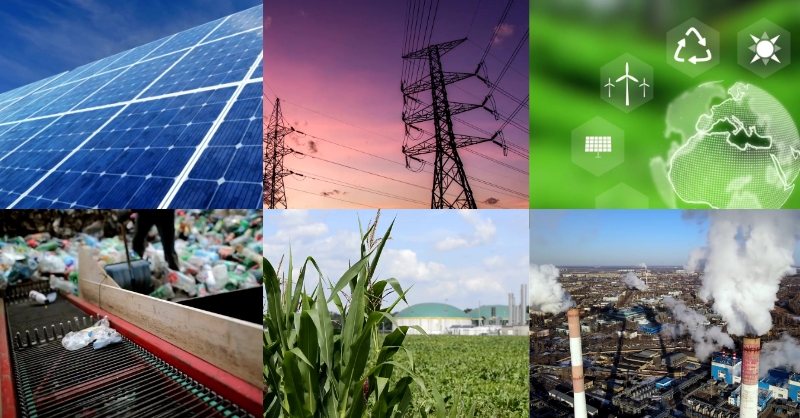The Paula M. Trienens Institute R&D Pillars

As the sun rises on a new academic year at Northwestern University, the path to a sustainable energy future is coming to light. University faculty who are world leaders in their fields are applying their expertise to the shared goal of decarbonization through the Paula M. Trienens Institute for Sustainability and Energy.
The Trienens Institute R&D Pillars are guiding this work that is designed to leverage Northwestern strengths to accelerate the transition to a clean energy future.
“Individuals and industries around the world are already feeling the impact of the climate crisis,” said Ted Sargent, Executive Director of the Trienens Institute and Lynn Hopton Davis and Greg Davis Professor of Chemistry, Electrical and Computer Engineering. “Our world can limit ongoing climate change and these impacts by achieving net zero emissions by 2050 and subsequently limiting the average global temperature increase to 1.5 degrees Celsius or less.”
Northwestern is uniquely positioned to contribute to this global goal that aligns with the University priority to lead in sustainability and decarbonization. The University is home to diverse expertise in leading academic departments and schools, and a longstanding culture of team science that fosters interdisciplinary collaboration, all of which comes together to lead to sustainable solutions. “Decarbonization is an imperative for the climate and civilization; and to be the first to come up with compelling solutions also represents huge economic opportunity,” said Sargent. He envisions collaborations between disciplines such as engineering, chemistry, and social sciences as the key to developing and deploying decarbonization solutions.
In response to this urgent need, the Trienens Institute R&D Pillars outline areas of focus for research and translation.
The R&D Pillars are to:
- GENERATE a vast supply of low- carbon intensity electricity
- STORE energy for long-term utilization
- DEPLOY energy to decarbonize industries
- RECYCLE both CO2 and materials via circularity and polymer upcycling
- TRANSFORM wastes and renewable feedstocks into transportation fuels and decarbonized chemicals
- CAPTURE CO2 from dilute sources
These pillars are the next phase of work for the Institute. It builds on the Institute’s legacy, which dates back to 2008, in solar energy research and more recently in research and translation in the climate and energy transition and the development of resilient communities.
“We are energized by the success of the Institute in uniting researchers to make groundbreaking discoveries that can then be translated into practical application through partnership with industry,’” said Sargent. Looking ahead, he notes the necessity of an all-hands on deck approach to allow for the necessary changes in human behavior, increases in energy efficiency; growth in renewables like wind, solar, bioenergy and hydrogen, the transformation of carbon dioxide into net-neutral fuels and chemicals, and ultimately direct air capture of carbon dioxide.
“Our goal at the Trienens Institute is to develop transformational research and collaborate with industry to translate that research into the world,” he explained.
Learn more about the pillars and how to engage with and support this work.
